Description
Asthalin Inhaler – Quick Relief Inhaler for Asthma & COPD
Asthalin Inhaler contains Salbutamol, a fast-acting bronchodilator used to relieve acute symptoms of asthma and chronic obstructive pulmonary disease (COPD). It helps manage breathing difficulties such as wheezing, shortness of breath, coughing, and chest tightness by rapidly relaxing the muscles in the airways. It is referred to as a “reliever inhaler” due to its quick action in relieving symptoms. It is usually used in combination with a regular “preventer” inhaler for long-term control.
Uses of Asthalin Inhaler:
How Asthalin Inhaler Works?
Asthalin Inhaler contains Salbutamol, which works by relaxing bronchial smooth muscle. This dilation opens the airways in the lungs, making it easier to breathe during an asthma attack or COPD flare-up.
How to Use Asthalin Inhaler?
- Shake the inhaler well before use.
- Exhale completely and place the mouthpiece into your mouth.
- As you begin to inhale slowly, press down on the inhaler to release one puff of medication.
- Hold your breath for at least 10 seconds after inhaling the medication.
- Repeat the process for the number of puffs prescribed by your doctor.
- Rinse your mouth with water and spit it out after each use.
Common Side Effects of Asthalin Inhaler:
These side effects are usually temporary and may resolve as the body adjusts to the medicine. Contact your doctor if they persist.
- Tremors
- Headache
- Palpitations
- Increased heart rate
- Muscle cramps
- Respiratory tract inflammation or infection
- Cough
Seek medical help if you experience severe dizziness, chest pain, or seizures.
Safety Advice:
Alcohol
Consult Your Doctor: No specific interaction reported, but alcohol may worsen breathing issues.
Pregnancy
Consult Your Doctor: Limited human data; animal studies show risk to the baby. Use only if clearly needed.
Breastfeeding
Safe if Prescribed: Salbutamol does not significantly pass into breast milk. Safe under medical advice.
Driving and Machinery
No direct effect found. However, avoid operating machinery if you feel dizzy or shaky after use.
Kidney and Liver Safety
No known interactions or dose adjustments required. Use as prescribed.
Missed Dose?
Since Asthalin Inhaler is used as needed for symptoms, missing a scheduled dose is rare. If prescribed for regular use and a dose is missed, take it as soon as remembered. Skip if close to the next dose. Do not double the dose.
Drug Interactions:
Inform your doctor if you are taking any of the following:
- Chloroquine – May affect heart rhythm; potassium monitoring advised.
- Loperamide – Monitor potassium levels; potential rhythm disturbances.
- Azithromycin – Can affect heart rhythm; use with caution.
- Ranolazine – May affect potassium and cardiac function.
- Metoprolol Succinate – May reduce Asthalin’s effectiveness and cause breathing difficulties.
FAQs:
What happens if I take more than the recommended dose?
Overuse can cause serious side effects such as seizures, irregular heartbeat, dry mouth, dizziness, and tremors. Seek immediate medical attention if overdose symptoms occur.
Is Asthalin Inhaler safe for heart patients?
Yes, generally safe, but must be used with caution. Contact your doctor if you experience any new chest pain or other cardiac symptoms.
Can diabetics use Asthalin Inhaler?
Yes, but it may raise blood sugar levels. Regular monitoring of blood glucose is advised and dose of antidiabetics may need adjustment.
Do the headaches and shakiness go away?
Yes. These are common side effects and usually go away with time. Stay hydrated and avoid alcohol. Contact your doctor if they persist longer than a week.
When should I use the Asthalin Inhaler?
Use when symptoms like shortness of breath, wheezing, or coughing begin. Also use before known triggers such as exercise or allergen exposure.
Can I smoke while using Asthalin Inhaler?
No. Smoking worsens asthma and COPD and reduces the effectiveness of the medication. Quitting smoking is essential for respiratory health.

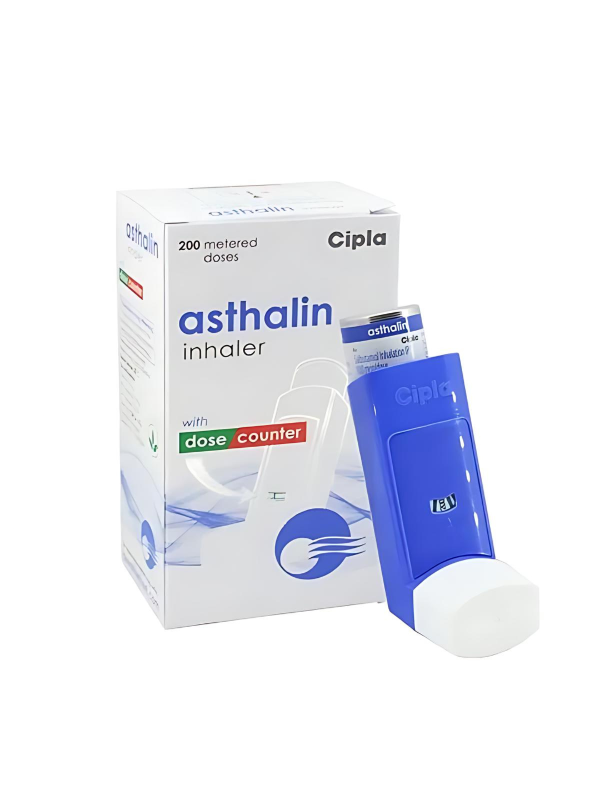
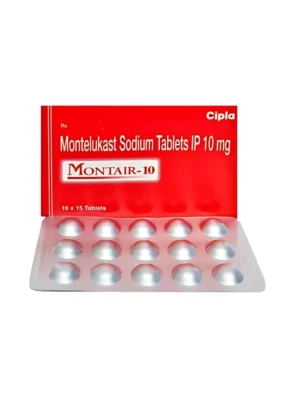
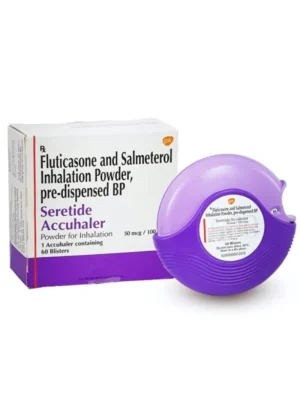
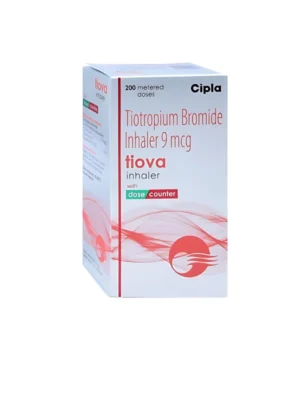

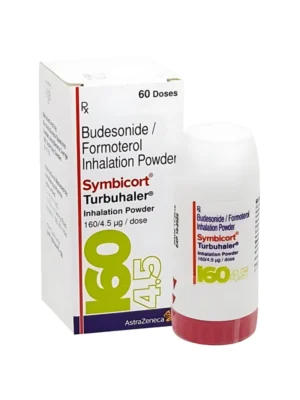

There are no reviews yet.